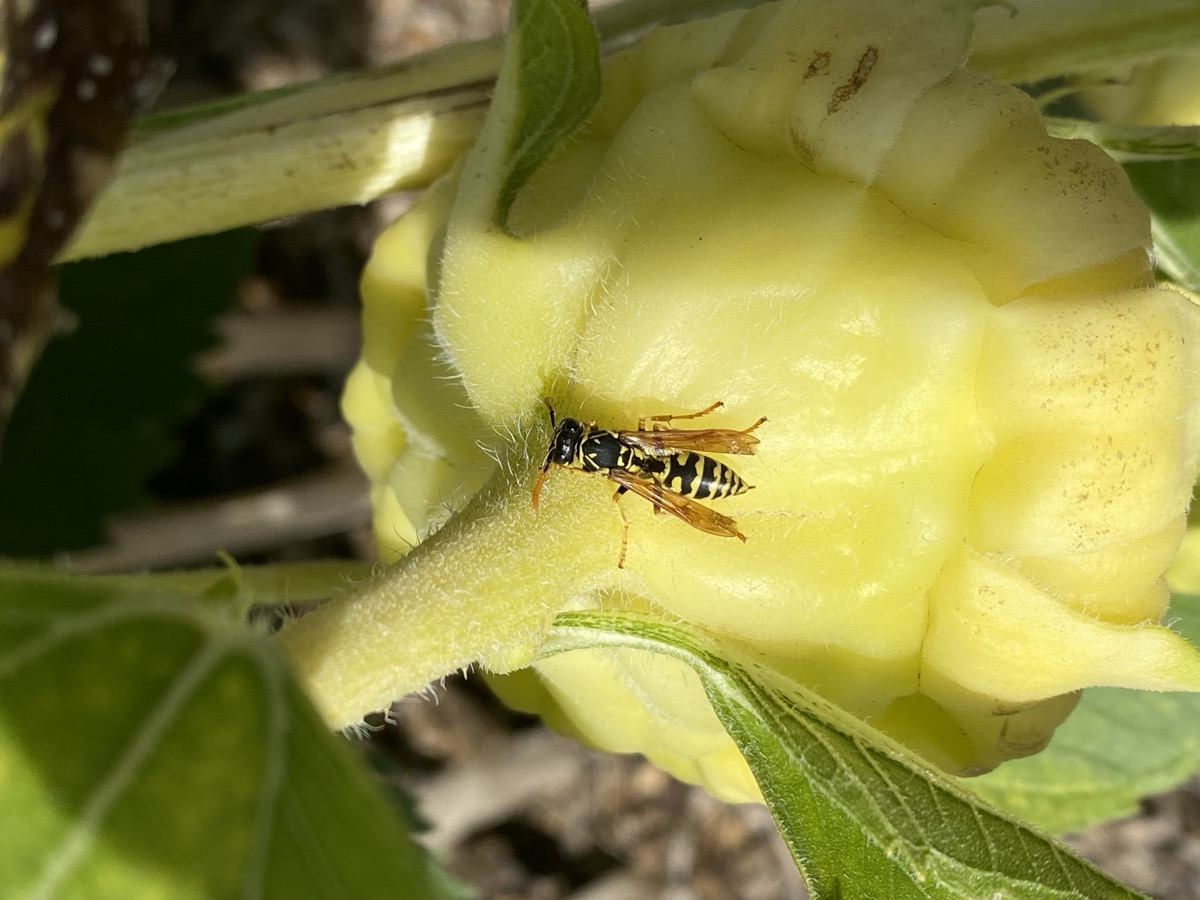Characteristics
- Often black body with yellow or red bands
- Pronounced waist between thorax and abdomen (“wasp waist”)
- Wings folded lengthwise at rest
- Strong mandibles
- Defensive sting in females
Habitat
Vespidae are found in:
- Gardens, parks, forest edges, open woodlands
- Hedgerows, flowering lawns, urban areas
- Attics, lofts, buildings (for social nests)
- Embankments, old walls, tree trunks (for solitary species)
Biology
- Social wasps:
- Annual colonies led by a queen
- Nests made of paper-mâché (plant fibers)
- Workers feed larvae with prey
- Solitary wasps (Eumeninae):
- Nests made of clay or mud, urn-shaped or built in cavities
- Each cell provisioned with paralyzed prey (caterpillars, beetles…)
Notable Subfamilies
- Vespinae – Typical social wasps (Vespula, Dolichovespula, Vespa)
- Polistinae – Social wasps with open nests (Polistes), more slender
- Eumeninae – Solitary potter wasps with clay nests (Eumenes, Ancistrocerus)
Distinctive Features
- Important role in controlling phytophagous insects
- Peak activity in summer and early autumn
- Some species may become nuisances later in the season (attracted to sugary foods)
- Secondary pollinators while visiting flowers
Representative Genera
- Vespula, Dolichovespula, Vespa – Social wasps, sometimes aggressive
- Polistes – Slender social wasps, suspended nests
- Eumenes, Ancistrocerus, Delta – Solitary potter wasps
